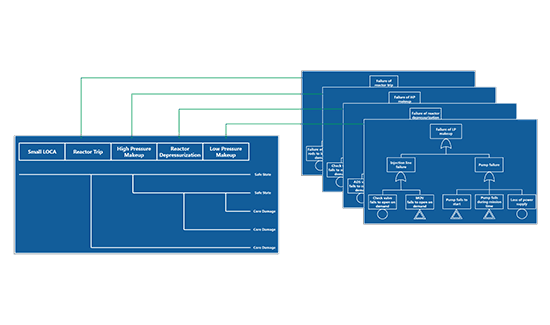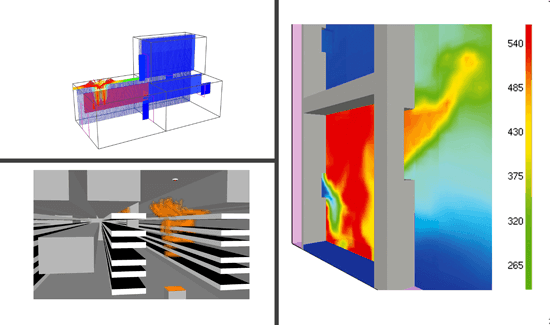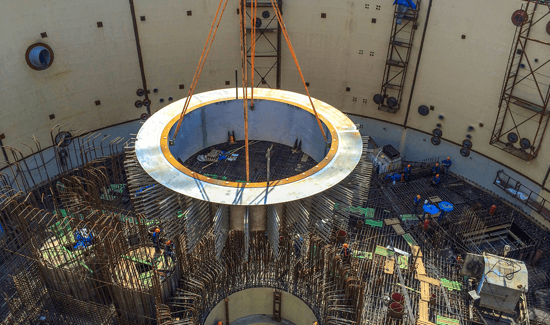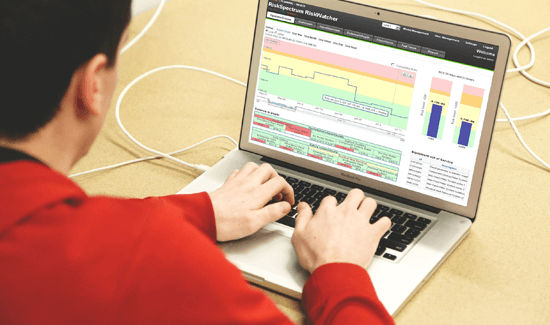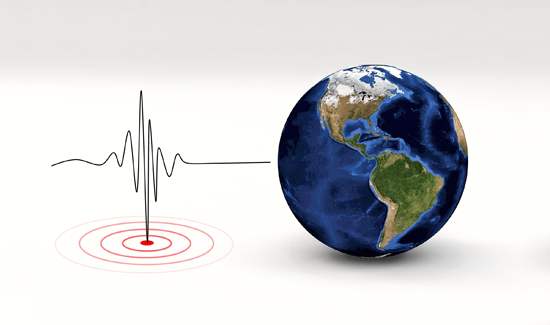
Seismic PSA
Nuclear power plants have been designed to withstand a conservatively selected large earthquake (the safe shutdown earthquake [SSE]), with adequate margins introduced at different stages of design, analysis, qualification, and construction. However, it is understood that larger earthquakes, although rare, could occur.
Seismic probabilistic safety assessment (SPSA) is performed to estimate the probability of occurrence of different sizes of earthquakes that may affect the plant and to assess the plant response to such earthquakes. Consistent with industry practice, the results of a plant seismic assessment are typically presented in terms of seismically induced core damage frequency and large early release frequency.
Past SPSAs have shown that the seismic contribution to the overall core damage frequency and large early release frequency at some nuclear power plants could be significant and occasionally could even be dominant. Therefore, a quantitative assessment of the seismic risk (such as an SPSA) can be an important aid in the overall risk-informed decision making process.
The basic elements of an SPSA are
- Seismic Hazard Analysis involving estimation of the exceedance frequencies of different levels of earthquake ground motion at the plant site (in the form of a hazard curve), taking into account the earthquake history, seismology, and geology of the region.
- Seismic Fragility Evaluation in which fragility curves depicting the conditional probability of failure of the components for any given ground motion level is developed. Because of the uncertainties in the design, analysis, qualification testing, and construction of the components, the actual seismic capacity is unknown and can be expressed only in probabilistic terms represented by a fragility curve.
- Systems Analysis and Quantification where the hazard and the conditional failure probabilities are modelled and incorporated in a detailed seismic PSA model to quantify the seismic risk.
Consultants at RELSAFE have broad experience and capability to perform a Seismic PSA applying the state-of-the-art methodologies like EPRI Seismic Probabilistic Risk Assessment Implementation Guide (3002000709).
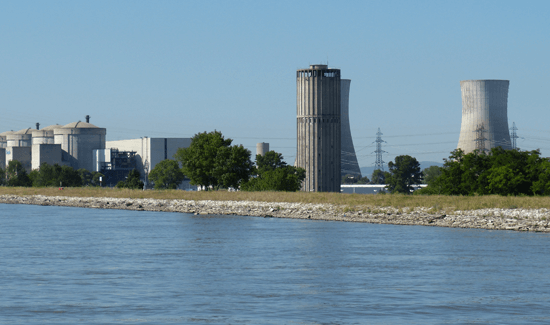
External Flooding PSA
After the 2011 Tohoku earthquake and tsunami, the nuclear industry has begun to reassess the risk to nuclear sites from external flooding. This incident has led to many utilities carrying out external flooding PSAs which is now also mandated by several regulatory bodies worldwide.
There are several types of external-flooding phenomena that need to be considered, depending on the site such as natural phenomena (high river or lake water, ocean flooding such as from high tides or wind driven storm surges, extreme precipitation, tsunamis, seiches, flooding from landslides, heavy rain, etc.), and man-made events (principally failures of dams, levees, and dikes).
Subsequent to screening analysis (or conservative analysis) which is initially performed to identify the potential sources of flooding event (or hazards), the following major steps are carried out.
- External Flood Hazard Analysis in which the frequency of occurrence of external floods is estimated as a function of severity on a site-specific basis.
- External Flood Fragility Evaluation involving identification of those SSCs that are susceptible to the effects of external floods and to determine their plant-specific failure probabilities as a function of the severity of the external flood.
- External Flood Plant Response Model and Quantification where the hazard and the plant-specific failure probabilities are modelled in a detailed external flooding PSA model to quantify the risk contribution from external floods.
Consultants at RELSAFE have the experience and capability to perform External Flooding PSA applying the state-of-the-art methodologies like EPRI 3002005292.

High Winds PSA
Plant operating experience has shown that high wind events are responsible for extended losses of offsite power at several NPPs simultaneously. During such extended losses of offsite power, the ability of the plant to cope up with such events is also challenged.
The purpose of a high wind hazard analysis is to evaluate the frequency and intensity of such hazards based on site-specific and region-specific available data. In general, high wind hazards can be categorized into three forms:
- Tornadoes
- Tropical Storms (Hurricanes, Typhoons, Cyclones etc.)
- Straight Line winds (e.g. Thunderstorms)
There are three important steps to perform a High Winds PSA study:
- High Wind Hazard Analysis involves the evaluation of the frequency of occurrence of different intensities of high winds based on a site-specific probabilistic evaluation reflecting recent available data and site-specific information.
- High Wind Fragility Analysis in which the fragilities of the SSCs as a function of the intensity of the high wind are estimated using plant-specific, SSC-specific information and an accepted engineering method for evaluating the postulated failure.
- High Wind Plant Response Analysis where plant response model is developed to address the initiating events and other failures resulting from the effects of high wind that can lead to core damage or large early release. The model is adapted from the internal events and at-power PSA model to incorporate unique wind analysis aspects that are different from the at-power, internal events PSA model.
Consultants at RELSAFE have the capability to perform a High Winds Safety Assessment using the latest international guidelines.

Aircraft Impact Assessment
Considering the damage potential of an aircraft impact and growing airspace congestion across the world, protection of safety buildings of nuclear power plants against aircraft impact is an important safety consideration. As part of a general probabilistic safety analysis, several regulators worldwide require the risk of structural damage to the plant from aircraft impacts to be evaluated.
The main objective of aircraft impact analysis is to estimate the risk contribution of aircraft impacts which involves three main steps.
- Aircraft Impact Hazard Analysis in which the frequencies of occurrence of aircraft impacts on different safety buildings involving different categories of aircrafts (typically commercial, military and light aircrafts including helicopters) are evaluated considering various site-specific information such as air traffic, annual crash rate etc. Hazards from all the airports and airfields that are identified as potential flight sources are evaluated.
- Aircraft Impact Consequence Analysis in which assessment of the probability of damage to a structure for a given aircraft impact is carried out.
- Aircraft Impact Risk Model Development and Quantification in which the hazard frequencies and the structural failure probabilities are incorporated into the PSA model to quantify the associated risk.
Consultants at RELSAFE have the capability to perform Aircraft Impact Assessment using the latest international guidelines.

